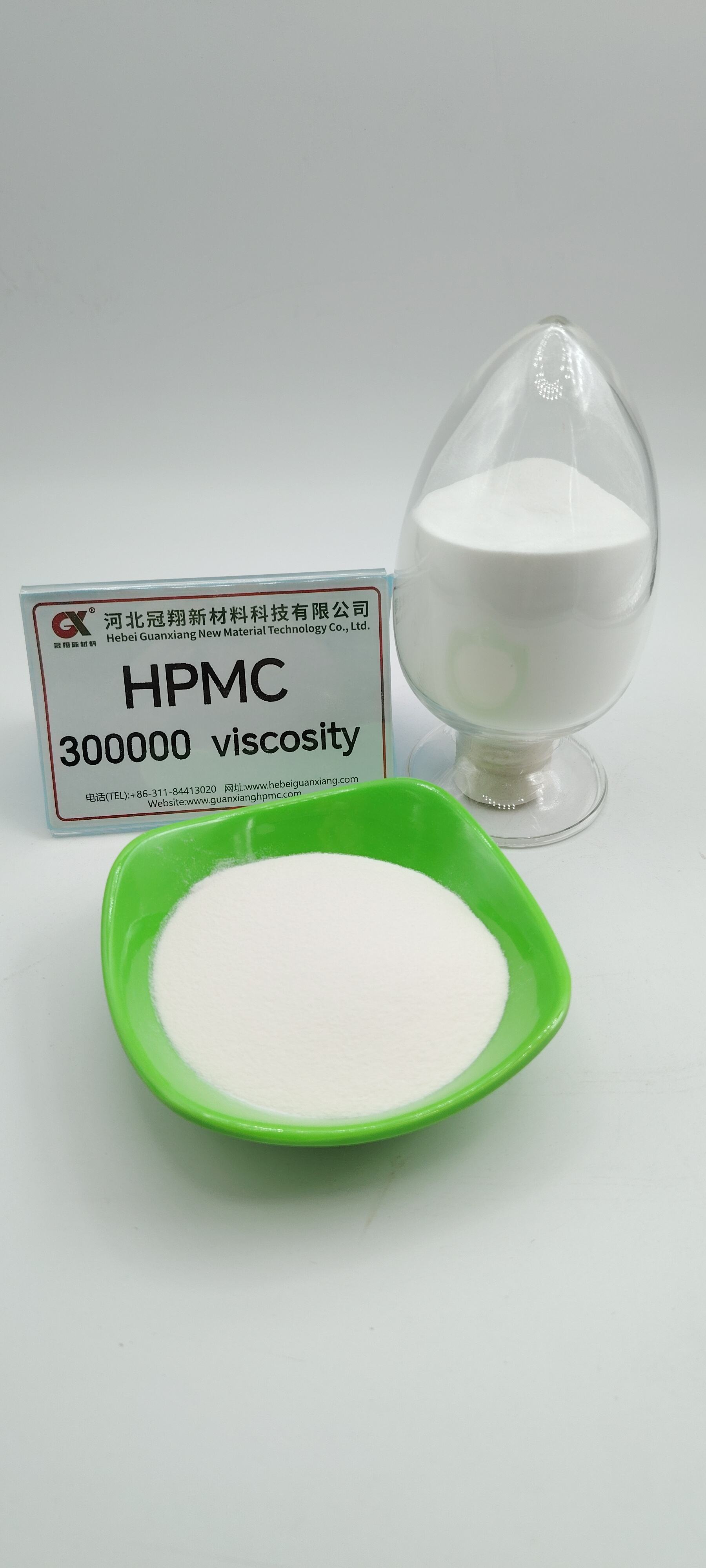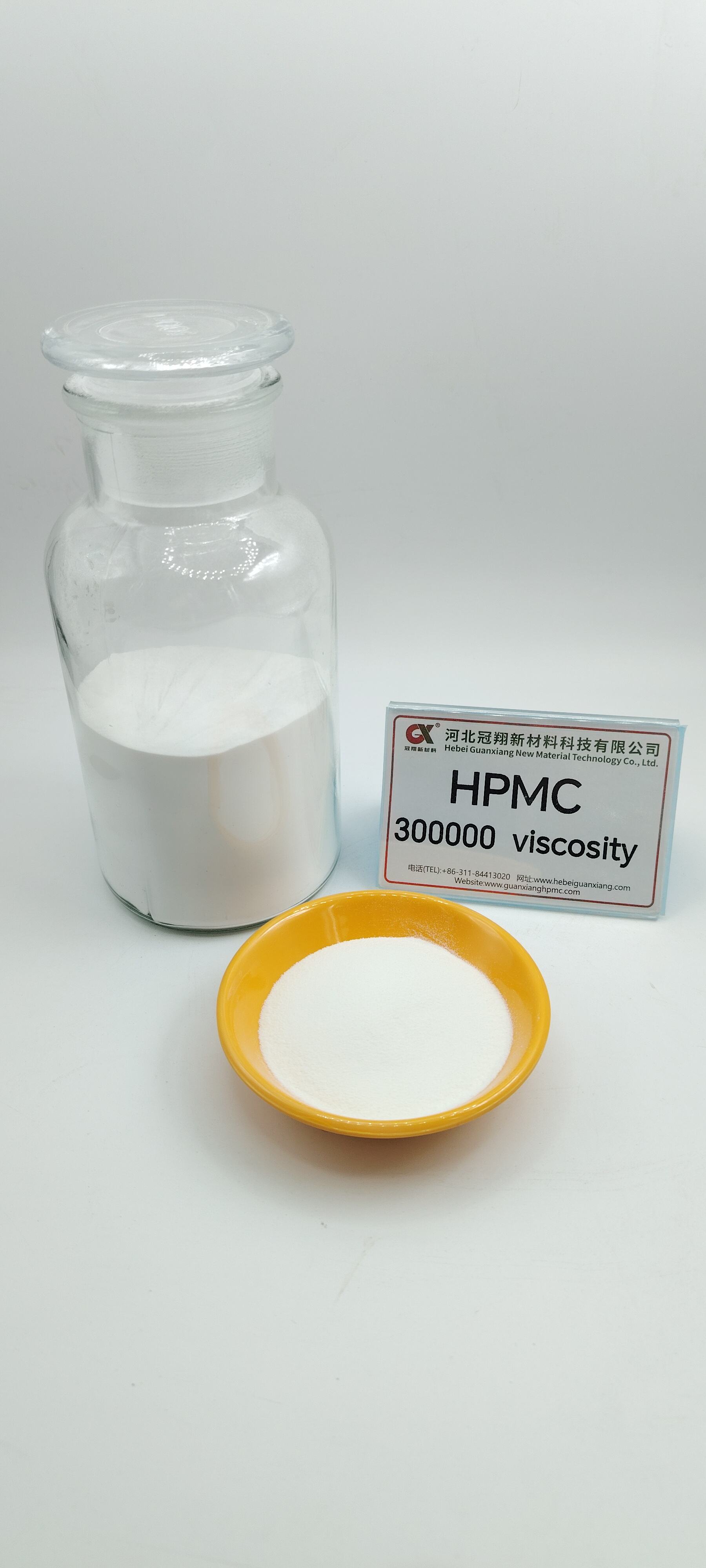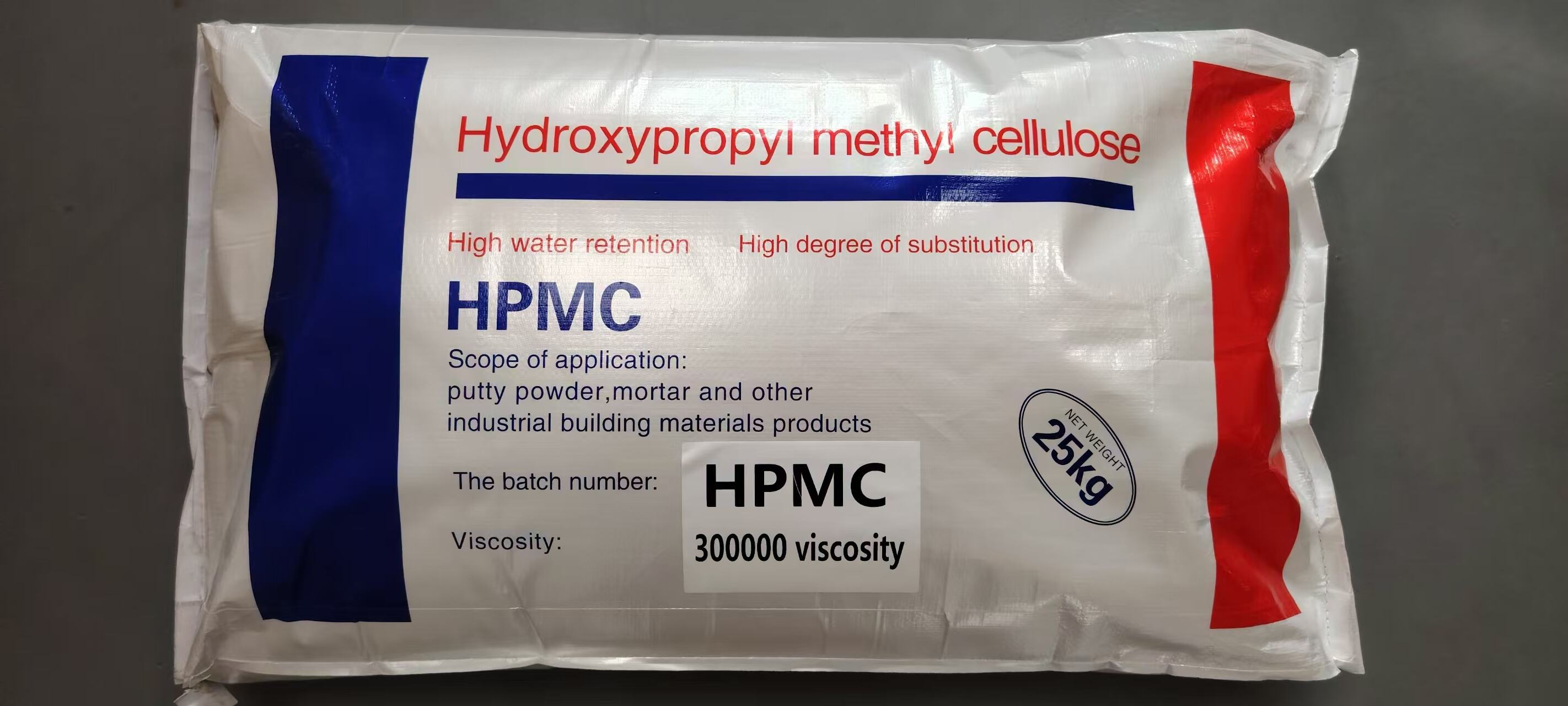hydroxypropyl methylcellulose food
Hydroxypropyl methylcellulose (HPMC) is a versatile food additive derived from cellulose that serves multiple functions in food processing and production. This modified cellulose compound acts as an emulsifier, stabilizer, and thickening agent, making it invaluable in various food applications. Its unique molecular structure allows it to form temperature-dependent gels and provides excellent film-forming properties. In food manufacturing, HPMC demonstrates remarkable stability across different pH levels and temperatures, making it ideal for diverse processing conditions. It enhances food texture, improves moisture retention, and extends shelf life in various products including baked goods, sauces, and dairy alternatives. The compound's ability to stabilize emulsions and prevent oil separation makes it particularly useful in reduced-fat products and plant-based alternatives. Additionally, HPMC contributes to gluten-free baking by mimicking the viscoelastic properties of gluten, enabling better dough development and final product texture. Its compatibility with other food ingredients and resistance to enzymatic degradation ensures consistent performance across different food systems.


